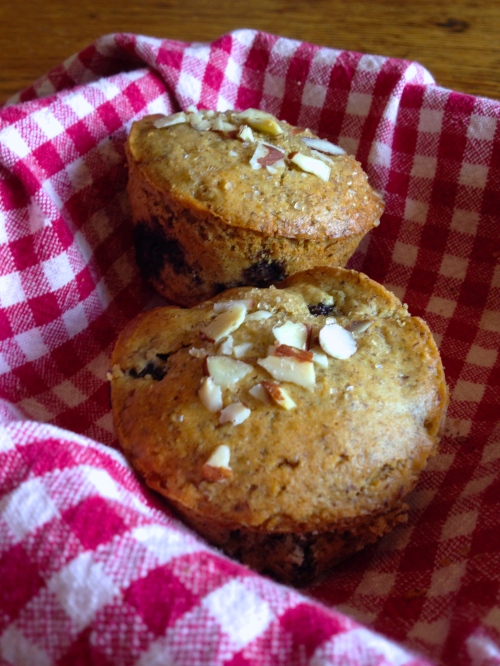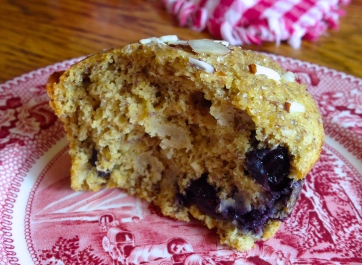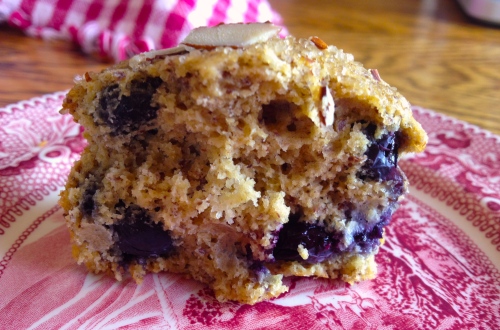File this under my “Reality Check.”
“To me, this flag DOES NOT represent racism! It represents the South! It represents MY heritage & history,” insisted a Facebook friend as she posted yet another image of the Confederate flag, accompanied by the meme’s words, “Stand up people. Share and KEEP this flag going. Let’s see how many shares we can get[.]”
“Here we go again,” I sighed, the historian in me cringing. Then it occurred to me that her family was from an area of Arkansas where many people supported the Union, meaning the US government. Hmmm. I could have responded with the long list of reasons why the flag doesn’t make such a great symbol, but I restrained myself. Since I didn’t say them there, I’ll say them here. Then I’ll let you in a little secret about my friend’s great grandfather, because her roots may be Southern, but they aren’t Confederate.
The Short Version of the Flag’s History:
What I Didn’t Say (this time) on Facebook
I knew I could respond to my friend by begging her to read Confederate Vice President Alexander Stephen’s Corner Stone speech. He states two things unequivocally in it: (1) that slavery was the “immediate cause” of the war and (2) that the Confederate Constitution was designed to preserve racial inequality. Being an old guy, he also harped on the decades-old conflicts over tariffs and internal improvements, but he did not say that those things or states’ rights started the war.
I could respond by pointing out that the South attacked a US fort. Today we’d call those people home-grown terrorists. (I’m all about home grown, but not when it comes to terrorists.) Would you wave an ISIS flag proudly today? Furthermore, the South attacked because Lincoln had been elected, not because he’d actually taken any action against slavery. He had repeatedly said he only wanted to stop the spread of slavery; he also stated he had no legal basis for ending it where it existed already. In other words, more than half a million Americans died because some wealthy politicians were afraid of something that hadn’t even happened.
I could point out that the flag is actually an oddly shaped version of the flag of the Army of Northern Virginia, a battle flag of people who raised arms against the US, not the true flag of the Confederate States of America.
I could point out that Robert E. Lee, leader of the Army of Northern Virginia, rejected the battle flag after his surrender and demanded that he not be buried with it. He knew it was a flag of losers.
I could remind her that all Confederate flags, battle or otherwise, disappeared from public buildings in the South until the 1950s and 1960s, when white politicians resurrected the Northern Virginia battle flag as a symbol of resistance to integration and civil rights for Black Americans. It was most definitely a symbol of hate then.
Who’s Your Great Granddaddy?
I mentioned none of these things in my reply to my friend. Instead, I spent a little while in the US Census and some other records, tracing her family via her maiden name. I was looking for a male ancestor in the right age range. There he was: her ancestor served in Company A, Third Arkansas Regiment. And therefore an Arkansas Confederate soldier, right? Case closed? No, because both the Confederacy and the Union (US government) had a Third Arkansas Regiment. I saw her ancestor’s date of enlistment: fall 1863. The Confederate Third Arkansas was long gone from the state by then. Could the ancestor have enlisted and then followed the regiment east? It seemed unlikely, so I checked the Union records. There he was:
Private Robert Rackley: http://www.nps.gov/civilwar/search-soldiers-detail.htm?soldierId=B4A4A7C5-DC7A-DF11-BF36-B8AC6F5D926A .
And he fought against the Confederacy, in the Union Army. In other words, if she wants to wave a flag celebrating her heritage, it had better be the US’s stars and stripes.
Armed with her ancestral information, I asked her to help me understand how the flag represents her heritage, and I gave her the link to her great grandfather’s records. And I’m telling you about it because her case is not unusual. Huge swaths of the South were pro-United States in the Civil War. About seventy-five percent of Southern households owned no slaves, and it’s not surprising that many white Southerners opposed dying so that a small percentage of wealthy Southerners could have slaves. In many cases, like in Marshall, Arkansas, the majority of men resisted being drafted into the Confederate military. Among Confederate soldiers, however, thirty-six percent of their households did own slaves, and it was the largest slaveholders who dominated Southern politics. Those men used racial inequality deftly to hang on to power. Under their racial rhetoric, even the poorest white Southern dirt farmer was better than every Black person. Politicians used many white Southerners then, just as they have tried to do in recent years. Apparently that racial rhetoric did not work on my friend’s ancestor, however, because when he turned eighteen, he enlisted in the Union Army. And my friend’s heritage may be Southern, but it does not appear to be Confederate in any line I was able to trace in a quick search.
My Southern Heritage
Truth be told, if you shake my family tree, a fair number of slave-holding Confederates will fall out. That doesn’t mean that today I want to raise that flag over my homestead. I’m proud of other parts of my Southern heritage, and I propose that we embrace a different symbol. I like to think that my heritage is all about Southern hospitality. It’s about a big front porch, storytelling and honeysuckle, an open door, and a table laden with homemade, homegrown food. It’s about a shared past of white and Black and Indian and Asian and other people. The Confederate soldiers in my past are not the models for my life today. Instead, sharing a gracious life as my grandmother taught me is my heritage.
I’ll try to be back soon with recipes and news of our ever-growing flock of chickens.
 I remember reading recently that a celebrity chef had refined his previous blueberry muffin recipes. I pulled up the latest version and started to print it out, when I noticed the massive quantities of saturated fat and refined sugar. No, that won’t do, I thought. I started combing the internet for better options, but I kept finding unhealthy stuff like crumb toppings. Back to the cookbooks I went, and then I started substituting. The result are these high-fiber yet soft muffins, for your eating pleasure and heart health.
I remember reading recently that a celebrity chef had refined his previous blueberry muffin recipes. I pulled up the latest version and started to print it out, when I noticed the massive quantities of saturated fat and refined sugar. No, that won’t do, I thought. I started combing the internet for better options, but I kept finding unhealthy stuff like crumb toppings. Back to the cookbooks I went, and then I started substituting. The result are these high-fiber yet soft muffins, for your eating pleasure and heart health.






